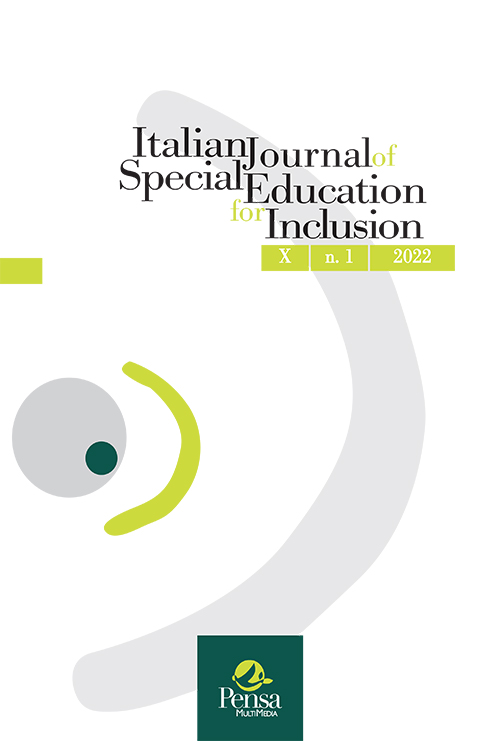Progettazione didattica inclusiva, nella scuola primaria, attraverso la fotografia
DOI:
https://doi.org/10.7346/sipes-01-2022-27Resumen
Il progetto di ricerca I.D.E.E (images for digital and emotional education) è stato svolto, in forma prototipale, presso una scuola primaria in provincia di Roma. La classe nella quale è stata effettuata la ricerca è una quarta, composta da 9 femmine e 11 maschi, di cui cinque con bisogni educativi speciali, per i quali sono stati redatti 2 PDP e 3 PEI. In una classe complessa, caratterizzata da molteplici bisogni educativi e didattici, si ipotizza che la capacità di cercare, produrre e analizzare immagini digitali permetterà ai bambini di sviluppare le competenze emotive, migliorare le prestazioni comunicative ed espressive e creare un clima inclusivo e fertile, che consenta agli allievi di essere parte attiva della propria formazione attraverso le peculiarità personali. Nel presente lavoro si propone un disegno di ricerca e lo studio dei dati preliminari.


